What Is Spot Metering (and How Do I Use It)
Last Updated on
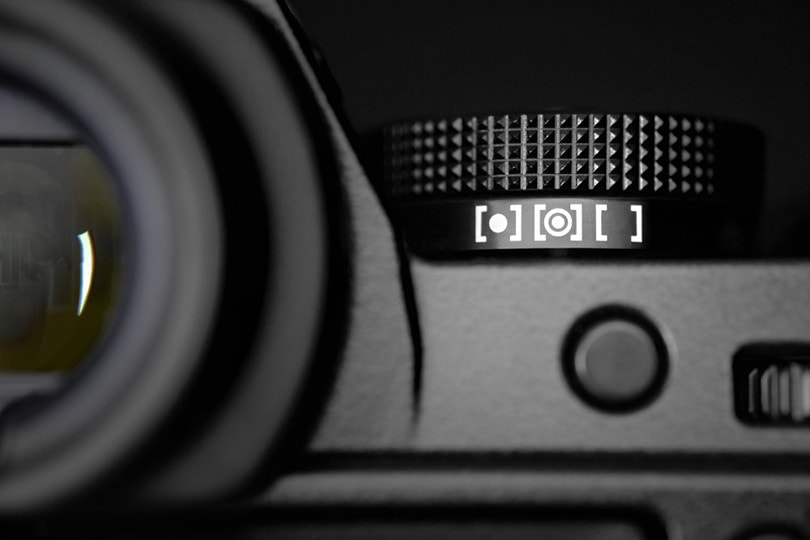
Have you ever taken photos in an environment with harsh, bright, and dark light? Certain scenes display high contrasts, often confusing you and your camera. As a result, you often end up with badly exposed pictures.
To avoid that, many cameras come with a spot metering mode that increases exposure to your subject and helps you take better-looking images. Spot metering is designed to capture precise exposures and works more effectively than most other metering modes.
If you’re tired of getting blurry and inconsistent photography results for a long time, now is your chance to learn about spot metering and use it for your benefit. Read below for all the details.
How Does It Work?
For your images to turn out great, you need to have an idea of the amount of light entering your camera. Metering modes are designed to measure the amount of light in some regions of a frame. You can use them to evaluate the light intensity on a small frame area or the whole scene.
Many DSLR and mirrorless cameras help you manually fluctuate the metering modes. And there are four modes that you can commonly find, evaluative/matrix, partial metering mode, center-weighted average, and spot metering. Since our center of the discussion is spot metering, this article will focus majorly on this metering mode. So, what is spot metering, and how does it work?
Most multi-zone and multi-segment metering modes measure exposure readings across the entire image frame, but spot metering takes this measurement from a single spot. It allows your camera to measure light exposure on a scene’s tiny area, which often has a size between 1%–5% of your viewfinder. Since this area is pretty small, you get the chance to evaluate tiny details on your frame.
Spot metering is best for portrait images and works quite effectively. You can also use it to backlit images, perfect a silhouette image, and successfully take window light portraits. We will discuss these examples in the later sections of this article.
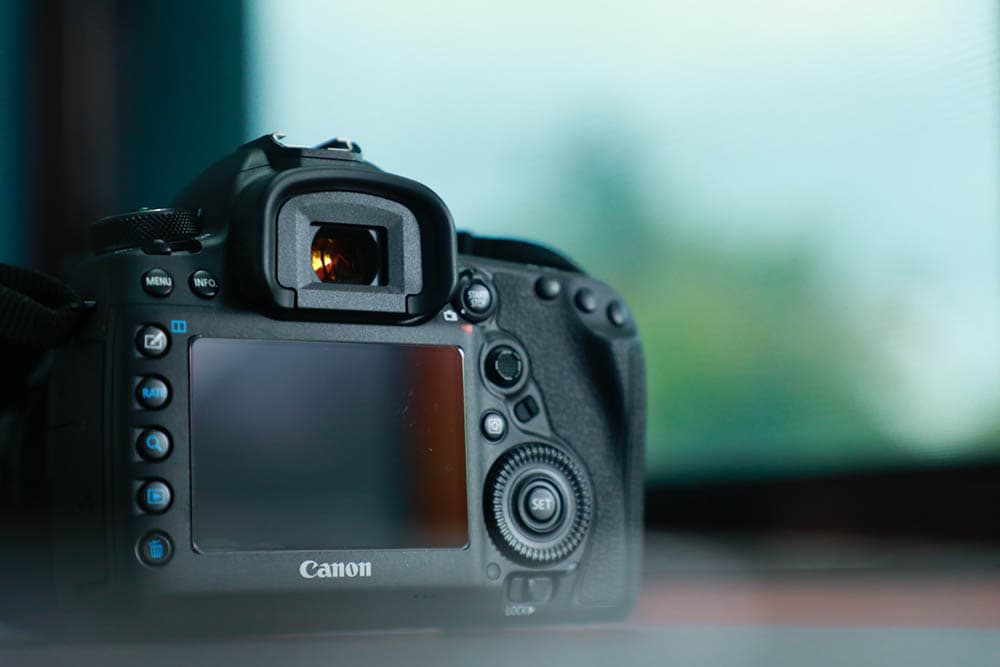
How Can You Work With Spot Metering?
Many cameras come with a switch, dial, or button that makes it convenient for you to select a metering mode. But specific devices require you to go through the menu to have an idea.
The focus point on your frame not only focuses on a particular point but also allows you to select an area where you want to use spot metering. As a default, the spot meter is the viewfinder’s center, but it is always possible to change the focus point’s location as per the amount of metered light you desire.
There are many famous photographers that use spot metering with an Auto Exposure Lock. This strategy allows them to choose the ideal area for perfect exposure measurement and lock the available exposure to recompose the picture before finally taking a shot.
Here’s how you can adequately use spot metering:
- Select the spot metering mode.
- Once that’s done, half-press your camera’s shutter button.
- This step will allow your device to change the exposure according to the light measured.
Spot metering can efficiently work in manual mode. If that’s not your comfort zone, you can use it in “shutter priority” and “aperture priority.” That said, manual mode gives you complete control over your images.
It helps disable automatic metering, so it’s not the meter but you who decides all the exposure values. Finally, a manual mode gives you all the freedom to select the exposure settings without assistance from automatic metering.

How Is Spot Metering Different From Other Metering Modes?
As discussed earlier, there are four types of metering modes, including spot metering, and they are all quite different from each other. We have discussed spot metering in detail, so how do the rest compare with this one?
Center-weighted average metering is designed to weight the center of the image rather than its corners. Unlike spot metering, where you can focus on any spot on the image, center-weighted average metering gives the middle of an image all the importance.
Suppose you aim to capture a man with a black background. In that case, this metering mode would take the complete scene into account but primarily care about its center only. Unlike spot metering, this metering mode isn’t quite precise. It often emphasizes the center, which can end up being more significant than the original image.
Spot metering, on the other hand, emphasizes a spot that is smaller than what center-weight average metering considers. It also doesn’t consider any area around the spot, so when capturing a man against a black background, spot metering only focuses on the face.
Another common metering mode is the partial metering mode, which is similar to spot metering but takes into account a more prominent spot, almost 10% of the entire scene. Also known as pattern metering, evaluative metering takes many different factors into account. Unlike spot metering, it considers the area in focus and the AF point you may have chosen. Simply put, this mode finds the entire scene and uses complex calculations to evaluate the perfect exposure required for an ideal image.
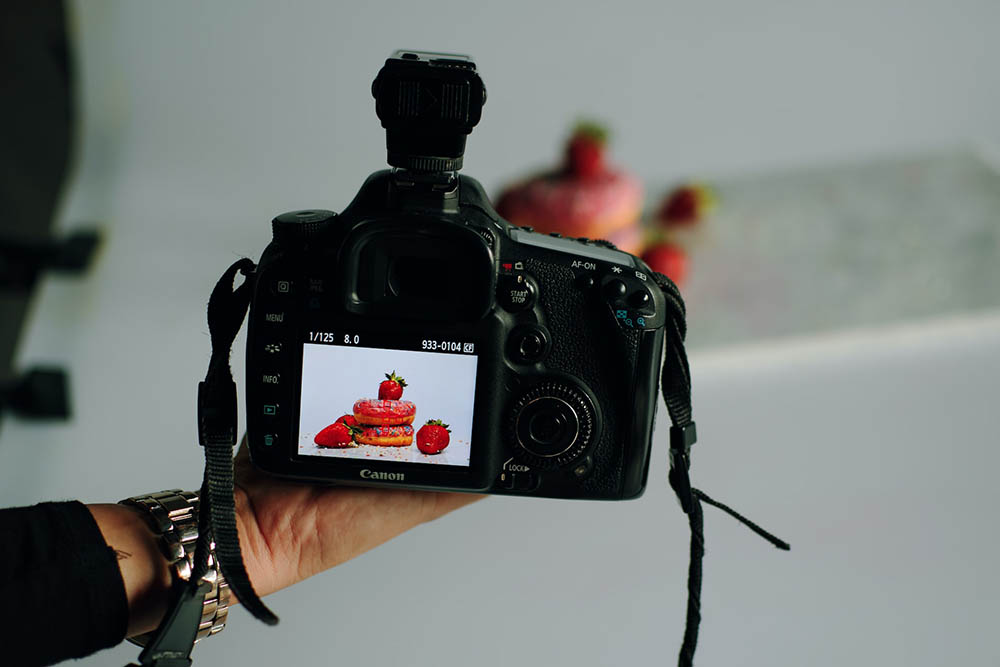
Choosing the Perfect Metering Mode
How should you decide which metering mode would work best for a particular situation? Many photographers use evaluative metering as their default mode. It helps capture the entire scene, even if it has its own complexities. It works well for images when the complete frame matters, so if you want to capture a landscape scene, this mode may work wonders by exposing every corner.
The center-weighted average metering mode is unfortunately used very rarely. This is often used when the primary subject occupies most of the scene, and the corners aren’t very important. If you are into sports photography, the center-weighted average metering mode may work well when focusing on the athlete only.
Now comes the hero of this article. Spot metering is a perfect mode for scenarios when your primary subject counts. For example, suppose you aim to photograph birds. In that case, spot metering is crucial in ensuring that your selected birds are well exposed. You must ensure that your chosen subject is below the spot metering circle. This trick always results in beautifully exposed images.
Another excellent use of spot metering is when the background harms the scene. For example, in cases where the background is too bright, spot metering often proves helpful.
Where Is It Used?
Spot metering is often used in situations where the light is pretty tricky, and the access to a flashlight or artificial lighting is very limited. Here are some common examples that make the best use of spot metering.
During Backlighting
Spot metering is the ultimate solution for backlighting situations. Unfortunately, many photographers often use evaluative metering mode with backlighting, which results in muddy and underexposed images.
Spot metering can overcome backlighting and, at the same time, properly expose the subject that you want to focus on. You can use the focal point and spot metering in a camera’s viewfinder.
Once that’s done, you can take a meter reading, adjust the settings as long as the exposure is correct, and then capture the image. This process may expose your background light, but don’t worry, as it can be handled during post-production.
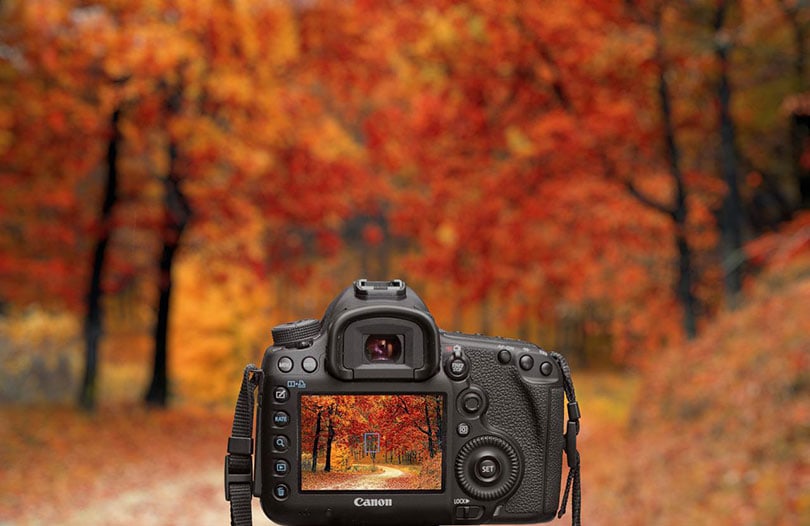
While Capturing a Perfect Silhouette Image
There might be instances when you may aim to capture a silhouette in your photograph. In that case, spot metering may help you pretty well. Instead of exposing the subject, you can try exposing the background. Here are some steps that can help you perform this job efficiently.
- Start with setting your camera in manual mode.
- Now point its focal point to the sky and then take the reading of the spot meter.
- Adjust the shutter, ISO, and aperture per your image’s requirements. For instance, if you want to shoot a wide silhouette, go for a wide aperture and a narrow one, and choose a narrow aperture.
- Without adjusting the exposure, focus on your subject and hit the camera’s shutter. The result would be a perfect silhouette captured through spot metering.
Creating High Contrast Photo
Spot metering can also help you take high-contrast photos. The process only requires you to have a dark surrounding or background with a bright subject.
Take the example of the moon, which is pretty bright. When capturing a moon using a full frame, you may witness it taking a small percentage of the scene. As a result, the subject may appear vastly exposed without any details.
To avoid this issue, spot metering can help create a high-contrast photo by always maintaining the focus on the moon.
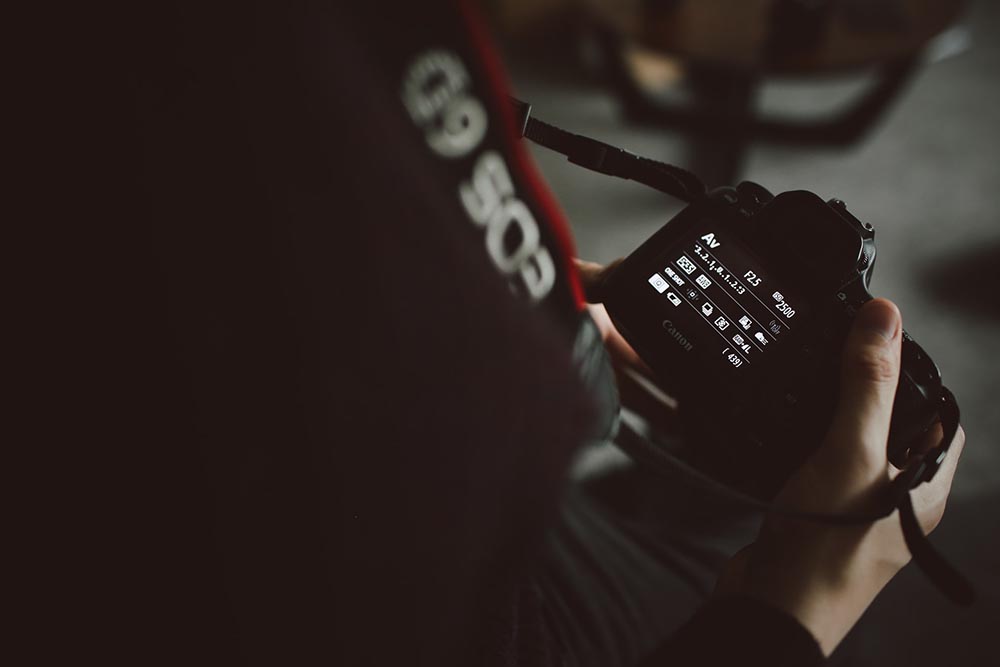
Handling Dappled Light
Have you ever felt challenged while taking images with dappled light? In this case, it is tough to expose for the spotted light, and you might be left with overexposed patches when using matrix metering.
The best solution to deal with the dappled light issue is spot metering. It helps you get adequate exposure for a subject moving into the light, exposing the dappled light perfectly and leaving the rest of the picture underexposed.
Capturing Dreamy Portraits
People these days crave dreamy and overexposed portraits. And thankfully, spot metering can be a great help to achieve them.
Expose your subject to the light coming through a window or trees. While doing so, take a shot when you think the rest of the frame has been slightly overexposed.
This technique helps create a portrait that is both contemporary and airy. You can also use this method to capture flowers and plants.

Taking Light Portraits
Finally, you can put spot metering to good use while taking compelling light portraits. In these images, a window plays a significant role. It helps to light a person from one side to create a unique image.
When done perfectly, the results produced are striking and high-contrast portraits. Achieving such images is excellent, especially if you don’t have access to excess lighting or flash.
Advantages of Spot Metering
Spot metering is one of the most used metering modes in photography. Here are some significant advantages of using spot metering, so you can be convinced to experience it, too.
Improves the Picture Quality
One of the greatest qualities of spot metering is that it captures an image with high quality. It allows the camera to regulate the light in the background, which often results in pretty clear pictures.
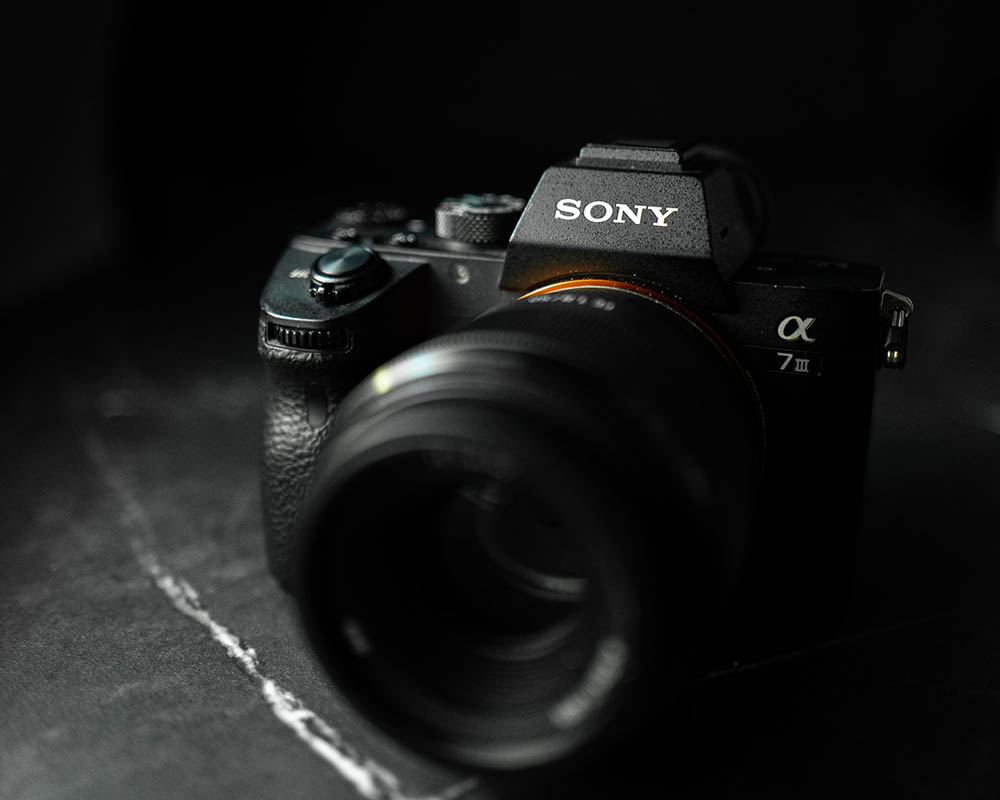
Spot Metering Enhances Precision
Since the method focuses on a small area at a time, it helps achieve precision. In addition, spot metering restricts the chances of overexposure which results in excellent results every time.
Works Great in High Contrasting Situations
You may find it hard dealing with high-contrasting situations as correcting exposure in these cases can be very tricky. Thankfully, spot metering overcomes this issue by exposing the subject correctly and creating praise-worthy outcomes every time.
Easy to Learn
One of the most significant benefits of spot metering is its easy use. Even if you are a beginner, you can quickly get hold of this mode. That’s because spot metering allows you to control your subject and photography skills if used in manual mode.
Disadvantages of Spot Metering
Here are some apparent downsides of using spot metering.
Can’t Be Used for Landscape Portraits
Spot metering isn’t the correct mode for landscape photography. Instead, evaluative metering is the best option in this case as it considers all the available light and gives a good starting point to start your shoot.
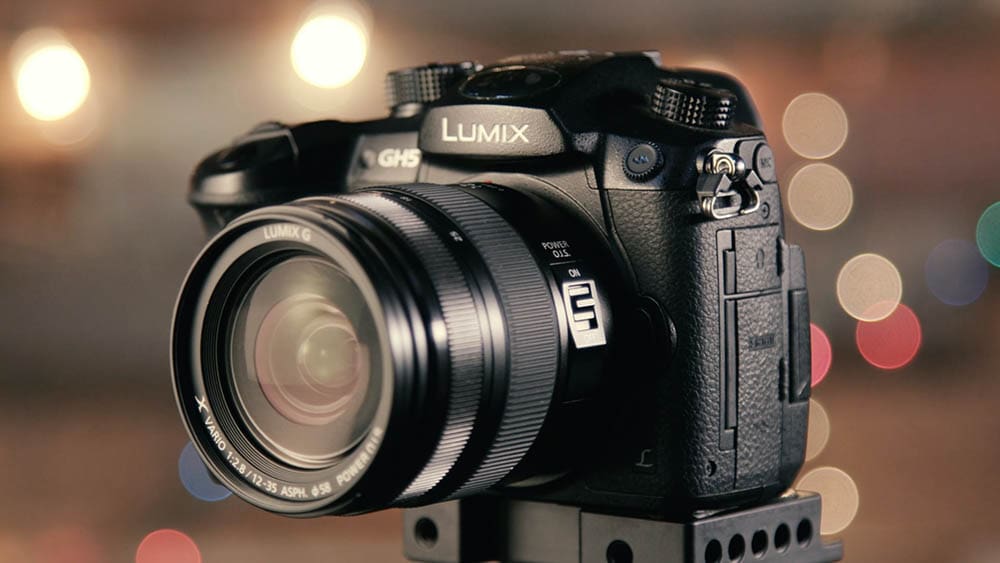
Not Ideal for Extreme Closeups
If you want to capture an extreme closeup of your subject, spot metering doesn’t work well. For images where the subject’s face fills the entire frame, matrix metering provides the best exposure.
Frequently Asked Questions (FAQs)
Here are some common questions with their answers regarding this topic. Take a look!
Can I Use Spot Metering Every Time?
You can choose to use spot metering where there is a demand to correctly expose the dark or bright areas. However, evaluative metering may work well if you want an average exposure and also capture the entire scene.
Why Is It Beneficial to Use Spot Metering in Manual Mode?
Manual mode gives you all the liberty to have complete control over the subject, regardless of which metering mode you go for. What’s more, you can independently adjust the ISO, aperture, and shutter speed without affecting any other factor.
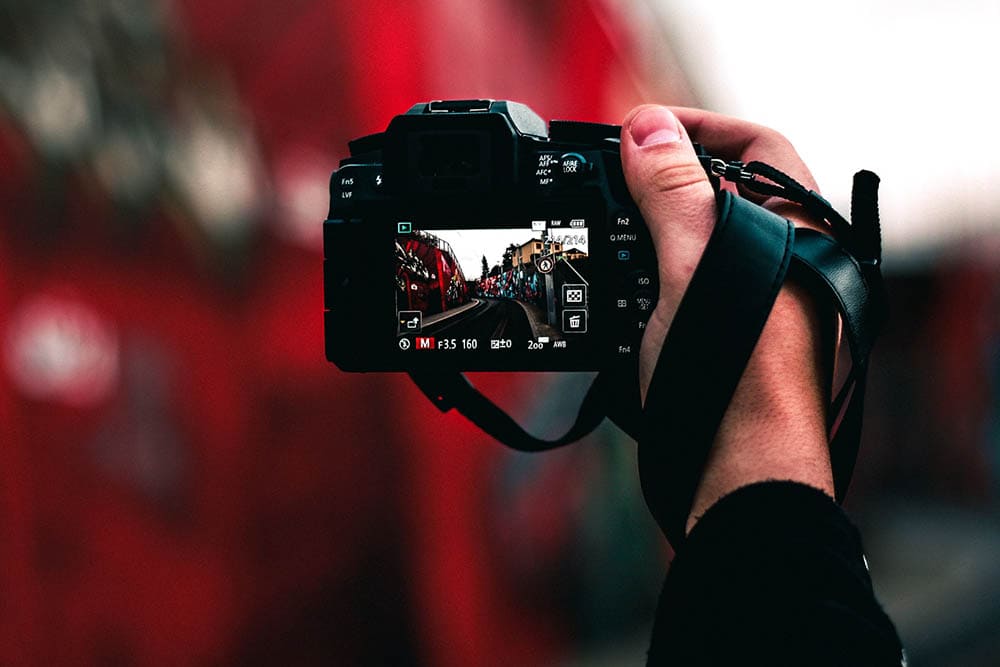
What Is Lock Spot Metering?
Many photographers use spot metering with Auto Exposure Lock. This combination allows them to choose an area to lock the exposure and recompose the scene adequately before taking an accurate shot. The process adds more precision to the outcome and simultaneously enhances clarity.
Is Spot Metering Helpful for Beginners?
Yes, it is, as it helps you set the perfect exposure for subjects that are present in high contrast in your frame. For example, it works well to capture an image with both white and back objects in one frame. The white thing might be too bright to handle, while the black one may be underexposed.
Even if you are a professional, this metering mode can enhance the quality of the images you take and can also improve your photography skills.
Can I Use Digital Cameras for Spot Metering?
Yes, you can. Interestingly, even some basic digital cameras provide all the major metering modes, including spot metering.

Summing Up
Whether you are a new or professional photographer, working with different metering modes should be a practice not to be taken lightly. Spot metering is one of the photographers’ most common modes of capturing high-contrast images. Although it can’t be used in every situation, spot metering always results in precise, clear, and unique portraits, increasing the value of your portfolio.
Hopefully, this article has helped you understand all the details on spot metering. If you are well aware of this concept, take your camera and practice this mode for efficient performance. We are sure that the results you will create will be mind-blowing.
See also:
Featured Image Credit: Doubletree Studio, Shutterstock
About the Author Jeff Weishaupt
Jeff is a tech professional by day, writer, and amateur photographer by night. He's had the privilege of leading software teams for startups to the Fortune 100 over the past two decades. He currently works in the data privacy space. Jeff's amateur photography interests started in 2008 when he got his first DSLR camera, the Canon Rebel. Since then, he's taken tens of thousands of photos. His favorite handheld camera these days is his Google Pixel 6 XL. He loves taking photos of nature and his kids. In 2016, he bought his first drone, the Mavic Pro. Taking photos from the air is an amazing perspective, and he loves to take his drone while traveling.
Related Articles:
How to Collimate Binoculars: 9 Expert Tips
Binocular Magnification Chart: Numbers & Distances Compared
How to Clean a Refractor Telescope: Step-by-Step Guide
How to Clean a Telescope Eyepiece: Step-by-Step Guide
What Is the Best Binocular Magnification for Hunting? Optical Features Explained
How to Clean a Rifle Scope: 8 Expert Tips
When Were Binoculars Invented? History, Today & Future
Can You Use Binoculars to Look At Stars? How to Choose the Right Pair
